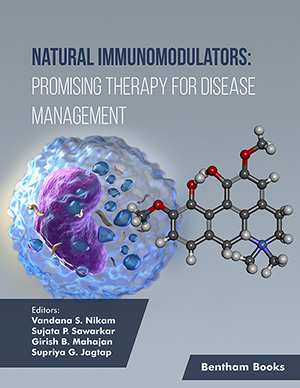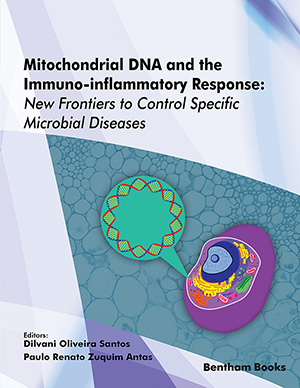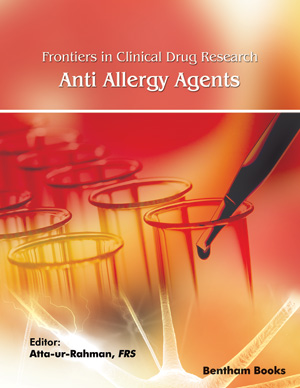
Abstract
Nowadays, occupational asthma is the most common form of occupational lung disease in the world. In some countries the textile industry remains an important source of potential agents causing occupational asthma. In the textile industry several agents such as cotton dust and dyes may cause occupational asthma. In this review, we discuss the epidemiology, pathogenesis/mechanisms, clinical presentations, management and prevention specific to occupational asthma in the textile industry.Work-related asthma risk is considerable. Current understanding of the mechanisms by which many textile agents cause occupational asthma is limited, especially for low molecular-weight sensitizers and irritants. The diagnosis is generally established on the basis of a suggestive history of a temporal association between exposure and the onset of symptoms and objective evidence that these symptoms are related to airflow limitation. Early diagnosis, elimination or reduction of exposure to the offending agent and early use of convenient therapy according to disease severity may play an important role in the prevention of long-term persistence of asthma. Its prevention in the textile industry should be both technical and medical. It depends on the difficulties to reduce dust level, the limits in arranging work station or in occupational rehabilitation. These difficulties are increased in small textile industry companies. Persistent occupational asthma in this sector is often associated with substantial disability and consequent impacts on income and quality of life. Prevention of new cases is the best approach to reduce the burden of asthma attributable to occupational exposures. This review also outlines different patents on the diagnosis and treatment of asthma.
Keywords: Occupational asthma, textile industry, cotton dust, dyes, prevention, BOHRF, RADS, Risk Factors, HLA, HMW, LMW, IgE, acetic dyes, Enzymes, Formaldehyde, PEFR, SIC, disabling, NIOSH, REPAIR, PROGNOSIS
 38
38



















